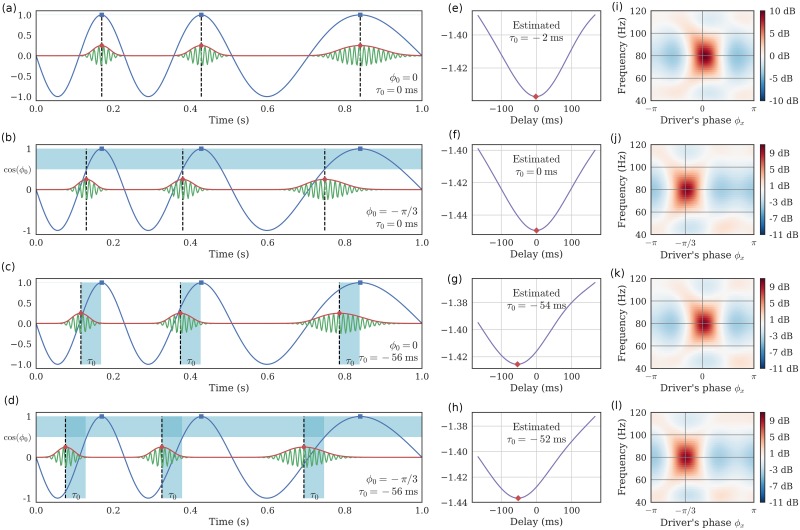Fig 3. Preferred phase and temporal delay are different.
The temporal delay τ is distinct from the preferred phase ϕ0. (a) When both are equal to zero, the high frequency bursts happen in the driver’s peaks. (b) When τ = 0 and ϕ ≠ 0, the bursts are shifted in time with respect to the driver’s peaks, and this shift varies depending on the instantaneous frequency of the driver. (c) When τ ≠ 0 and ϕ = 0, the bursts are shifted in time with respect to the driver’s peaks, and this shift is constant over the signal. In this case, note how the driver’s phase corresponding to the bursts varies depending on the instantaneous frequency of the driver. (d) τ and ϕ0 can also be both non-zero. (e-h) Negative log-likelihood of DAR models, fitted with different delays between the driver and the high frequencies. The method correctly estimates the delay even when ϕ0 ≠ 0. (i-l) PSD conditional to the driver’s phase, estimated through a DAR model with the best estimated delay. The maximum amplitude occurs at the phase ϕ0.

